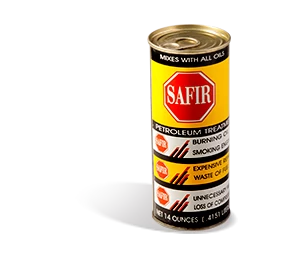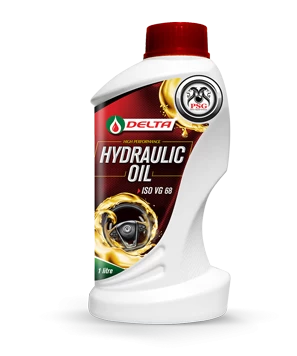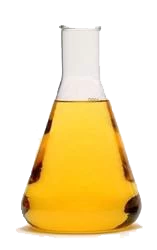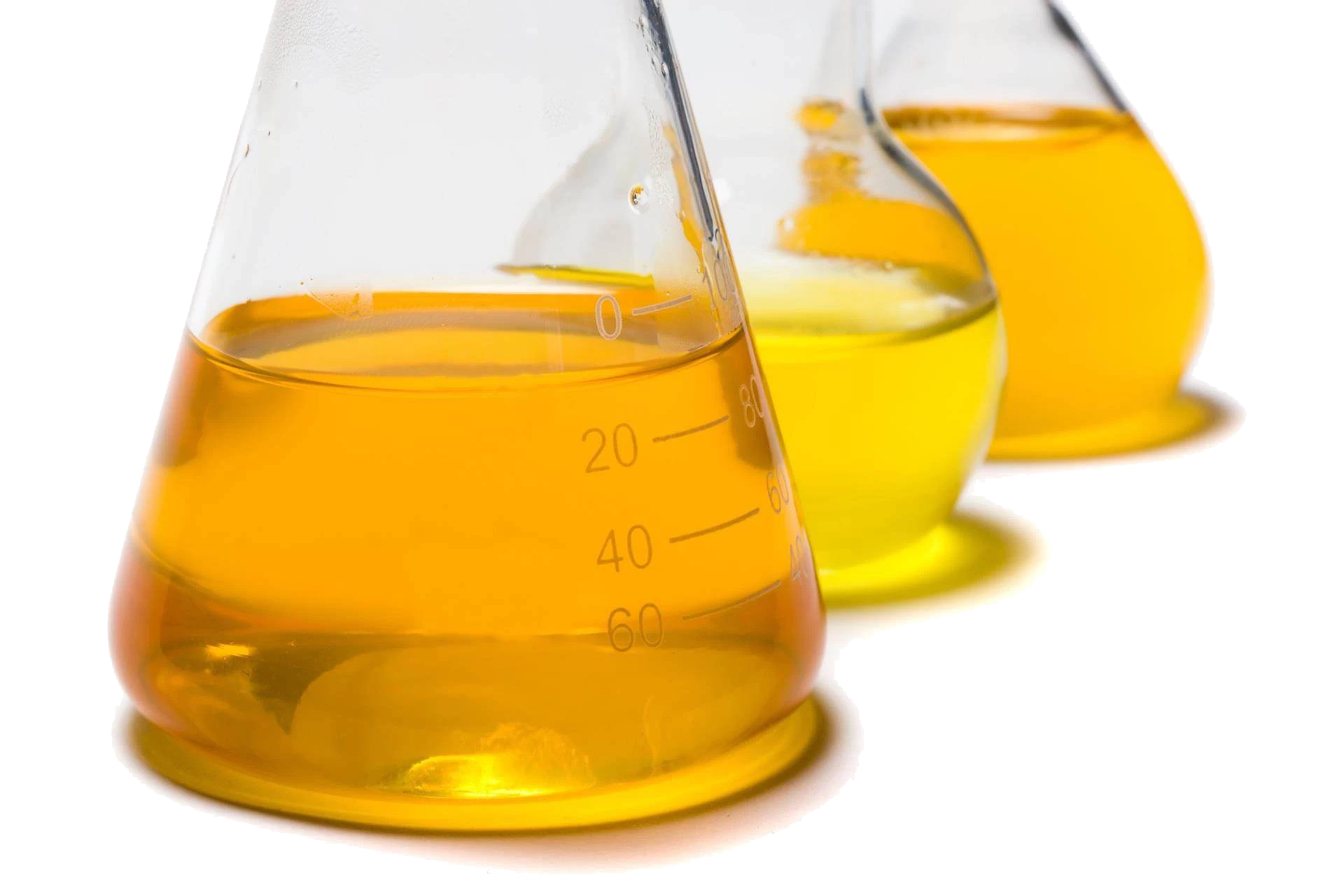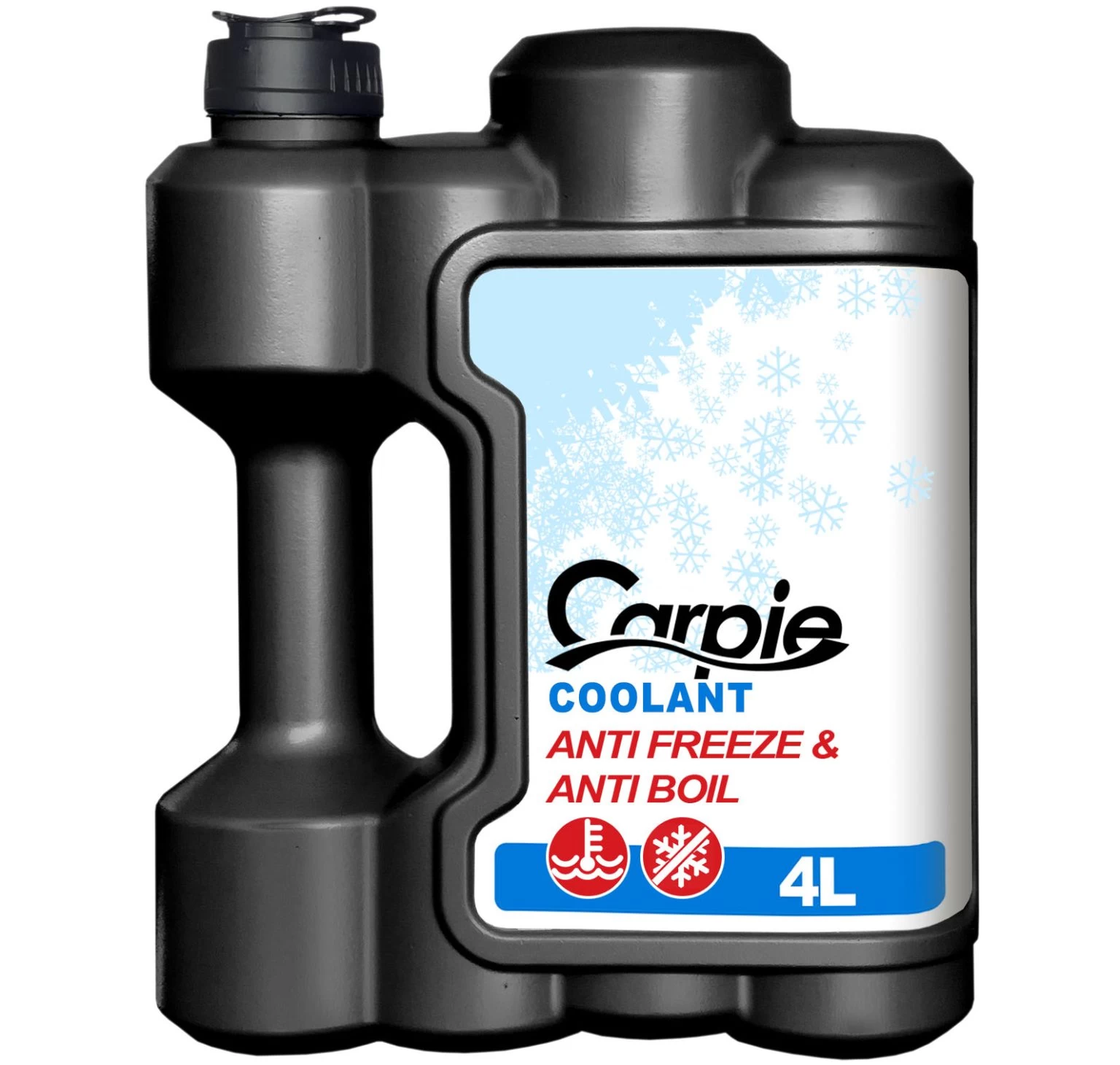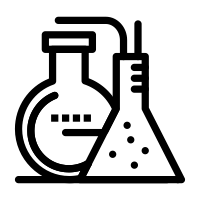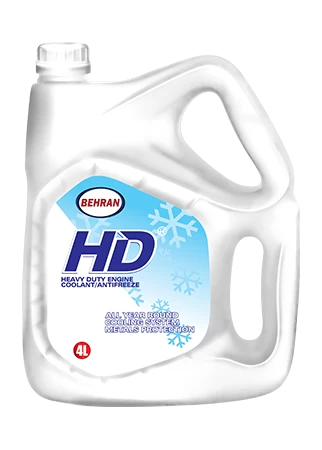Chemicals
"Chemical" refers to anything related to or involving chemistry, which is the branch of science that deals with the composition, structure, properties, and reactions of substances. Here are a few contexts in which the term "chemical" is commonly used:
1. Chemical Elements: The fundamental substances that make up matter. Examples include hydrogen, oxygen, carbon, and gold.
2. Chemical Compounds: Substances formed when two or more elements chemically combine. Water (H₂O) and sodium chloride (NaCl) are examples.
3. Chemical Reactions: Processes where substances transform into different substances. Combustion, photosynthesis, and rusting are examples of chemical reactions.
4. Chemical Industry: The industry involved in the production of chemicals and chemical products. This includes manufacturing processes, such as those in the pharmaceutical or petrochemical industries.
5. Chemical Properties: Characteristics of a substance that describe its behavior in chemical reactions. Examples include reactivity, flammability, and toxicity.
6. Chemical Bonds: Forces that hold atoms together in molecules. Covalent, ionic, and metallic bonds are examples.
7. Chemical Equation: A symbolic representation of a chemical reaction using chemical formulas and symbols.
Understanding the nature of chemicals is fundamental to many scientific disciplines and industries, including chemistry, biology, physics, and materials science. The term "chemical" is broad and encompasses a wide range of concepts and applications within the field of science and industry.
A chemical element is a pure substance that consists of only one type of atom. Each element is characterized by a unique number of protons in the nuclei of its atoms, known as the atomic number. Elements are the fundamental building blocks of matter and cannot be broken down into simpler substances by chemical means.
Key points about chemical elements include:
1. Atomic Structure: Each element is defined by the number of protons in its atoms. For example, hydrogen has one proton, helium has two, oxygen has eight, and so on.
2. Chemical Symbols: Elements are represented by chemical symbols, typically one or two letters. For instance, H represents hydrogen, O represents oxygen, and Fe represents iron.
3. Periodic Table: The arrangement of elements in the periodic table is based on their atomic number. This organization reflects the periodic recurrence of similar chemical properties.
4. Isotopes: Some elements exist in different forms known as isotopes, with the same number of protons but different numbers of neutrons.
5. Natural and Synthetic Elements: Elements can be naturally occurring (e.g., oxygen, gold) or synthesized in laboratories (e.g., technetium, neptunium).
6. Chemical Reactions: Elements can combine to form compounds through chemical reactions. For example, hydrogen (H) and oxygen (O) combine to form water (H₂O).
There are currently 118 known elements, and they play a fundamental role in understanding the composition and behavior of matter in the universe. The periodic table is a powerful tool for organizing and studying these elements based on their properties and relationships.
A chemical reaction is a process in which one or more substances, known as reactants, undergo chemical changes to form one or more new substances, called products. During a chemical reaction, bonds between atoms are broken and formed, resulting in the rearrangement of atoms to create different chemical compounds. The total mass of the reactants equals the total mass of the products, following the law of conservation of mass.
_1710697487.jpg)
Key characteristics of chemical reactions include:
1. Chemical Equations: Chemical reactions are often represented by chemical equations, which show the reactants on the left side and the products on the right side.
2. Reactants and Products: Reactants are the substances present before the reaction, and products are the substances formed after the reaction.
3. Chemical Changes: Chemical reactions involve the breaking and forming of chemical bonds, resulting in changes in the chemical composition of substances.
4. Energy Changes: Chemical reactions may involve the release or absorption of energy. Reactions that release energy are exothermic, while those that absorb energy are endothermic.
5. Types of Reactions: Chemical reactions can be classified into various types, including synthesis, decomposition, combustion, displacement, and redox reactions.
Understanding chemical reactions is fundamental to various scientific disciplines, including chemistry and biochemistry. The study of reactions provides insights into the properties of substances, the functioning of biological systems, and the development of new materials and technologies.
Biological chemical products refer to substances that are derived from or produced by living organisms and have applications in various fields, including medicine, agriculture, and industry. These products are often the result of biological processes or the manipulation of biological systems.
_1710697513.jpg)
Here are some examples of biological chemical products:
1. Pharmaceuticals: Many drugs and medications, including antibiotics, vaccines, and biopharmaceuticals, are derived from or produced using biological processes.
2. Enzymes: Biological catalysts produced by living organisms, enzymes find applications in various industries, such as food processing, textiles, and detergents.
3. Biofuels: Fuels derived from biological sources, such as ethanol from fermentation or biodiesel from vegetable oils.
4. Bioplastics: Environmentally friendly plastics derived from renewable biological sources, such as plant-based polymers.
5. Agricultural Bio products: Biological products used in agriculture, including biopesticides, bio fertilizers, and genetically modified crops.
6. Biological Extracts: Natural compounds extracted from living organisms for use in cosmetics, perfumes, and flavorings.
7. Biological Dyes: Pigments derived from living organisms, often used in the textile and food industries.
8. Biological Surfactants: Surface-active agents produced by microorganisms, with applications in detergents, cosmetics, and oil recovery.
9. Biological Adhesives: Adhesive substances inspired by biological adhesion mechanisms, with potential applications in medicine and industry.
10. Biological Sensors: Sensors and detection systems based on biological molecules, such as antibodies or DNA, for various diagnostic and analytical purposes.
Biological chemical products often offer sustainable and eco-friendly alternatives compared to their synthetic counterparts. Advances in biotechnology and genetic engineering continue to drive innovation in the development of new and improved biological chemical products.
2. Chemical Compounds: Substances formed when two or more elements chemically combine. Water (H₂O) and sodium chloride (NaCl) are examples.
3. Chemical Reactions: Processes where substances transform into different substances. Combustion, photosynthesis, and rusting are examples of chemical reactions.
4. Chemical Industry: The industry involved in the production of chemicals and chemical products. This includes manufacturing processes, such as those in the pharmaceutical or petrochemical industries.
5. Chemical Properties: Characteristics of a substance that describe its behavior in chemical reactions. Examples include reactivity, flammability, and toxicity.
6. Chemical Bonds: Forces that hold atoms together in molecules. Covalent, ionic, and metallic bonds are examples.
7. Chemical Equation: A symbolic representation of a chemical reaction using chemical formulas and symbols.
A chemical element is a pure substance that consists of only one type of atom. Each element is characterized by a unique number of protons in the nuclei of its atoms, known as the atomic number. Elements are the fundamental building blocks of matter and cannot be broken down into simpler substances by chemical means.
2. Chemical Symbols: Elements are represented by chemical symbols, typically one or two letters. For instance, H represents hydrogen, O represents oxygen, and Fe represents iron.
3. Periodic Table: The arrangement of elements in the periodic table is based on their atomic number. This organization reflects the periodic recurrence of similar chemical properties.
4. Isotopes: Some elements exist in different forms known as isotopes, with the same number of protons but different numbers of neutrons.
5. Natural and Synthetic Elements: Elements can be naturally occurring (e.g., oxygen, gold) or synthesized in laboratories (e.g., technetium, neptunium).
6. Chemical Reactions: Elements can combine to form compounds through chemical reactions. For example, hydrogen (H) and oxygen (O) combine to form water (H₂O).
A chemical reaction is a process in which one or more substances, known as reactants, undergo chemical changes to form one or more new substances, called products. During a chemical reaction, bonds between atoms are broken and formed, resulting in the rearrangement of atoms to create different chemical compounds. The total mass of the reactants equals the total mass of the products, following the law of conservation of mass.
_1710697487.jpg)
2. Reactants and Products: Reactants are the substances present before the reaction, and products are the substances formed after the reaction.
3. Chemical Changes: Chemical reactions involve the breaking and forming of chemical bonds, resulting in changes in the chemical composition of substances.
4. Energy Changes: Chemical reactions may involve the release or absorption of energy. Reactions that release energy are exothermic, while those that absorb energy are endothermic.
5. Types of Reactions: Chemical reactions can be classified into various types, including synthesis, decomposition, combustion, displacement, and redox reactions.
Biological chemical products refer to substances that are derived from or produced by living organisms and have applications in various fields, including medicine, agriculture, and industry. These products are often the result of biological processes or the manipulation of biological systems.
_1710697513.jpg)
2. Enzymes: Biological catalysts produced by living organisms, enzymes find applications in various industries, such as food processing, textiles, and detergents.
3. Biofuels: Fuels derived from biological sources, such as ethanol from fermentation or biodiesel from vegetable oils.
5. Agricultural Bio products: Biological products used in agriculture, including biopesticides, bio fertilizers, and genetically modified crops.
6. Biological Extracts: Natural compounds extracted from living organisms for use in cosmetics, perfumes, and flavorings.
7. Biological Dyes: Pigments derived from living organisms, often used in the textile and food industries.
8. Biological Surfactants: Surface-active agents produced by microorganisms, with applications in detergents, cosmetics, and oil recovery.
9. Biological Adhesives: Adhesive substances inspired by biological adhesion mechanisms, with potential applications in medicine and industry.
10. Biological Sensors: Sensors and detection systems based on biological molecules, such as antibodies or DNA, for various diagnostic and analytical purposes.
FAQs
What are chemical elements?
The fundamental substances that make up matter. Examples include hydrogen, oxygen, carbon, and gold.
In what fields are chemicals necessary?
Understanding the nature of chemicals is essential for many scientific disciplines and industries, including chemistry, biology, physics, and materials science.
What is Biological chemical products ?
Biological chemical products refer to substances that are derived from or produced by living organisms and have applications in various fields, including medicine, agriculture,
What are Biological Adhesives?
Adhesive substances inspired by biological adhesion mechanisms, with potential applications in medicine and industry.
 +7929688-88-14
+7929688-88-14

 English
English
 Persian
Persian
 Russian
Russian
 Chinese
Chinese


 +7929688-88-14
+7929688-88-14




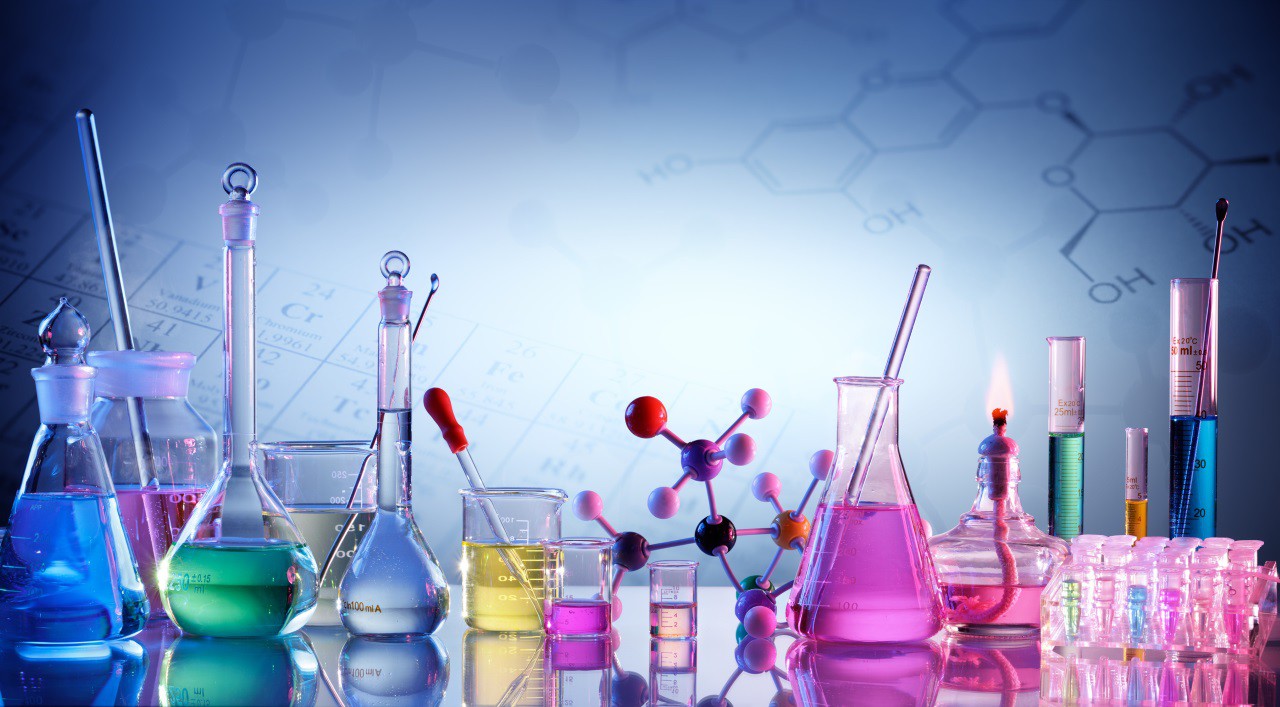



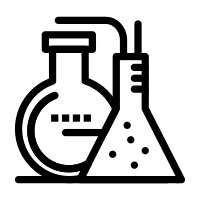

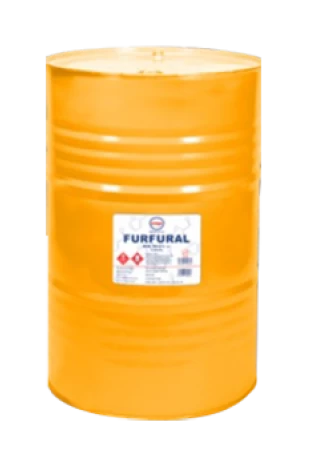
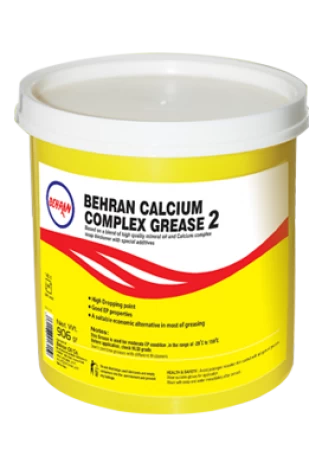
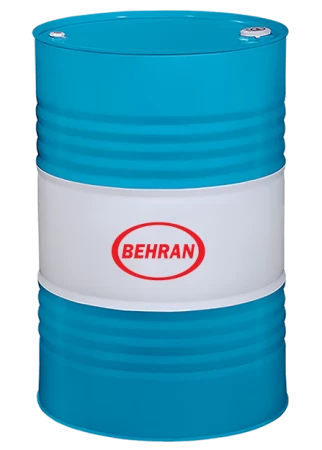
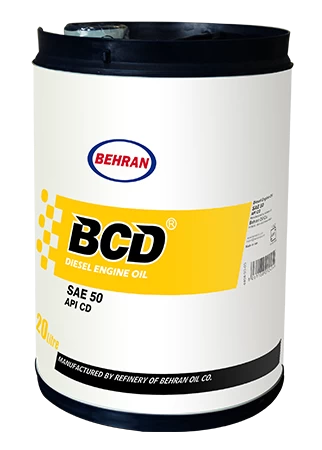






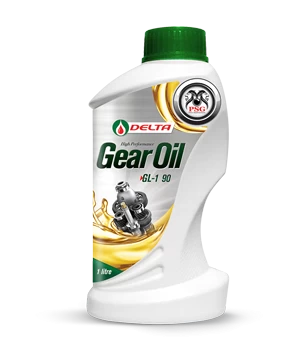
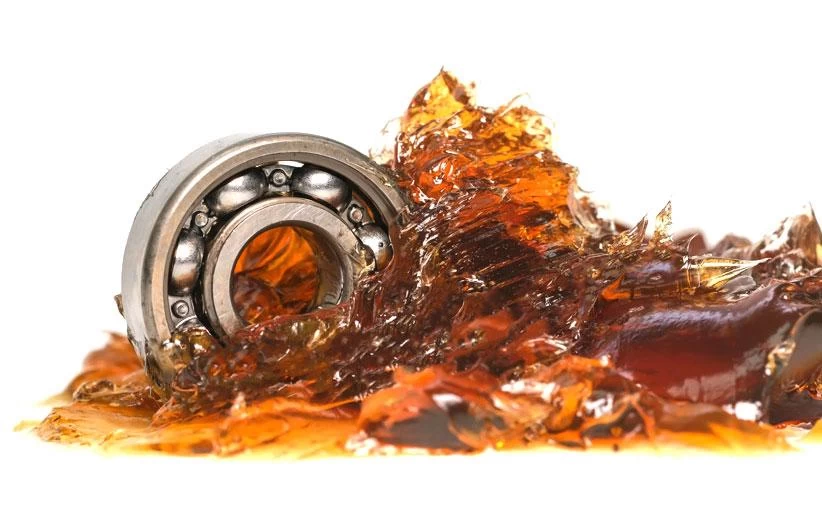
.webp)
